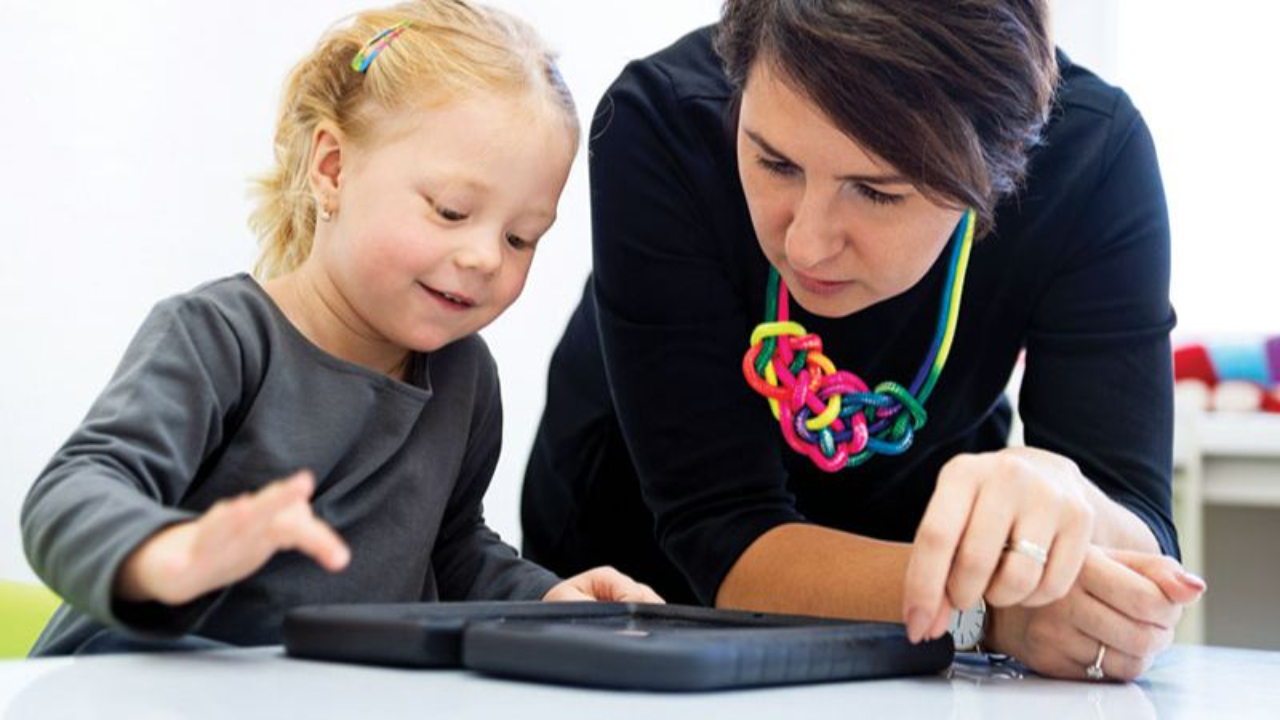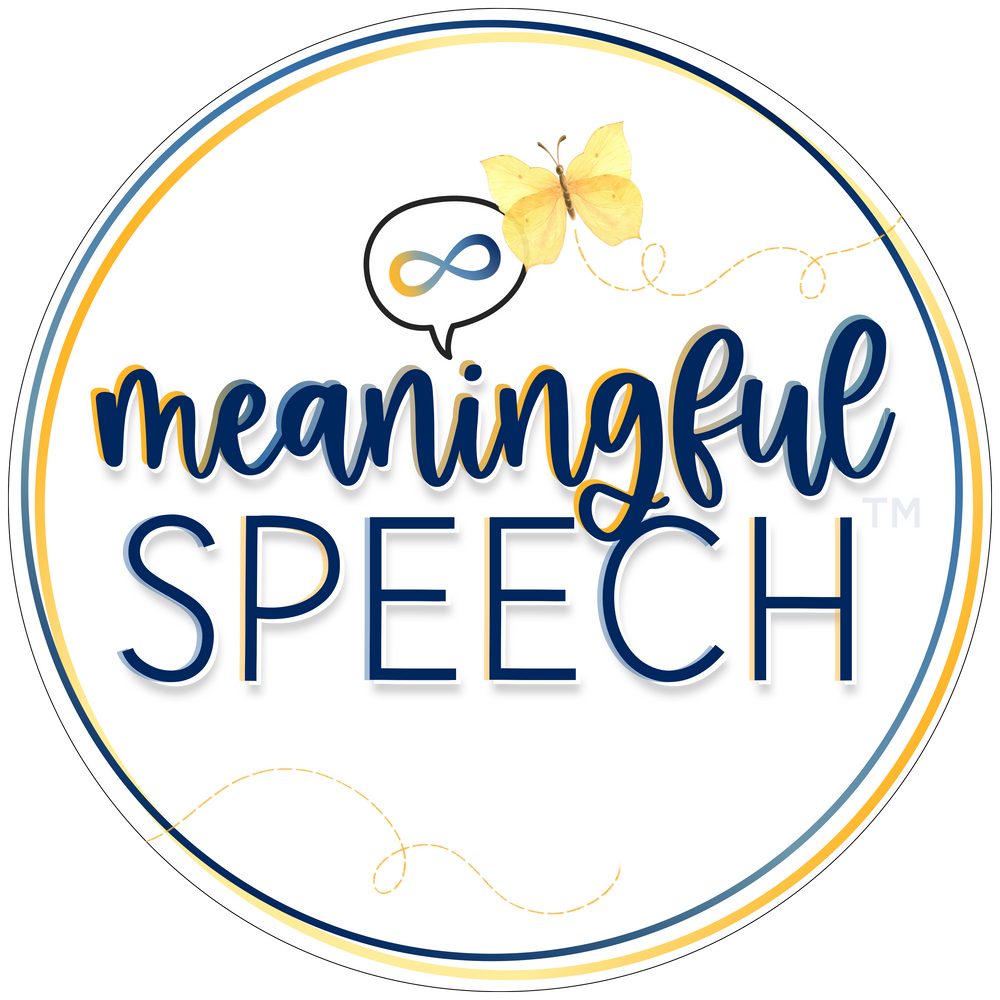Using AAC with Non-speaking Gestalt Language Processors
Jan 25, 2023
Although all gestalt language processors (GLPs) can benefit from some form of AAC, there are some challenges we face when implementing AAC with non-speaking GLPs. We need to get creative with systems to best support our GLPs. If you’re unsure if your GLP needs AAC, check out this blog post.
Challenges faced with implementing AAC with non-speaking GLPs
- Authentic, specific gestalts the individual is wanting to say is hard to determine. Taught gestalts through modeling may not as readily support progress through the Natural Language Acquisition (NLA) framework.
- Determining the right location for new gestalts, while keeping the vocabulary necessary for later NLA Stages intact can be difficult.
- Ways to offer NLA Stage 2 mitigations within the AAC system without losing vocabulary is dependent on the system’s programming capabilities.
- Synthesized speech (voices used on the AAC device) do not provide the same intonation as the original source (e.g. spoken words, media sources). Synthesized speech is not as rich in intonation as oral speech.
So how can we support non-speaking GLPs with AAC?
- Input characters, media clips, and any and all interests in their AAC device. Observe non-spoken acts (e.g. gestures, vocalizations) to help determine possible new gestalts.
- Consider adding gestalts to pages with contextual relevance or motor planning considerations consistent with the language organization (ex. “Let’s play” under the PLAY/TOYS page in the same spot as “play’ on the home/actions page).
- Introduce new gestalts using spoken models and with AAC (one gestalt per button may be needed for individuals in early NLA Stages). Consider pop ups and hold features for stage 2 mitigations.
- If they display difficulties processing synthesized speech consider recording and inputting recorded speech on their device.
One thing to note about these suggestions is that they are app dependent. Not all apps offer the same features. You will want to consider this when choosing apps for your GLP.
Things to keep in mind when implementing AAC with all GLPs
- Focus on building trust by engaging in child-led play therapy despite their age. Hobbies or play that center around what brings them joy. This supports connection and authentic communication.
- Continue to educate staff and family on gestalt language processing and how to respond and model naturally.
- Acknowledge any and all communication both spoken and via AAC. You can do this by smiling, repeating it back to them, nodding your head and/or saying “yeah” or “okay”.
Interested in learning in-depth about determining if a GLP would benefit from AAC, strategies to support them, and programming their devices?
Consider joining the waitlist for our new AAC for Gestalt Language Processors Meaningful Speech course that will be released on 2/3/2023! The course will go over in-depth how to identify, evaluate and support gestalt language processors who use AAC or may need AAC. There will be modules on different apps, strategies and suggestions for programming. For more information & to join our waitlist, click here.
Look for a speech-language pathologist (SLP) who "gets it" and can help you in supporting your child's language development. Check out our registry for SLPs who understand gestalt language processing and child-led therapy.
References
- Blanc, M. 2012. Natural Language Acquisition on the Autism Spectrum: The Journey from Echolalia to Self-Generated Language. Madison, WI: Communication Development Center Inc.
- Dada, S., & Alant, E. (2009): The effect of aided language stimulation on vocabulary acquisition in children with little or no functional speech. American Journal of Speech-Language Pathology, 18(1), 50-64.
- Votech, J. M., Noordzij, J. P., Jr, Cler, G. J., & Stepp, C.
- (2019). The Effects of Modulating Fundamental Frequency and Speech Rate on the Intelligibility, Communication Efficiency, and Perceived Naturalness of Synthetic Speech. American journal of speech-language pathology, 28(25), 875-886.
